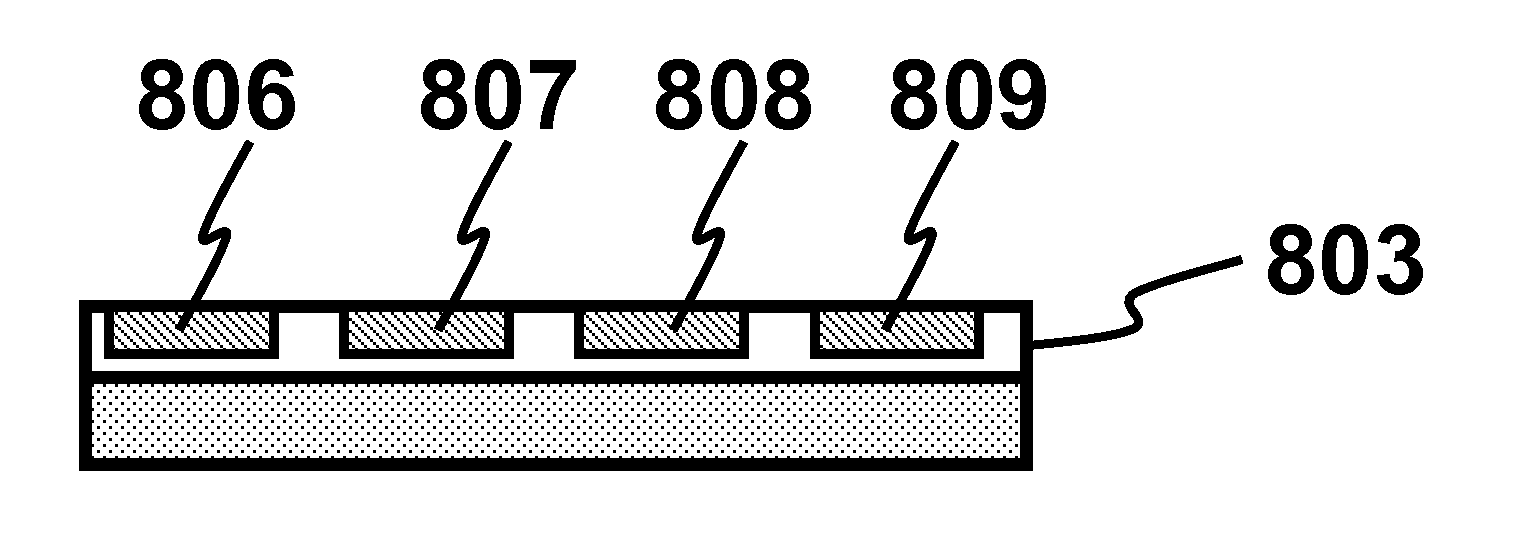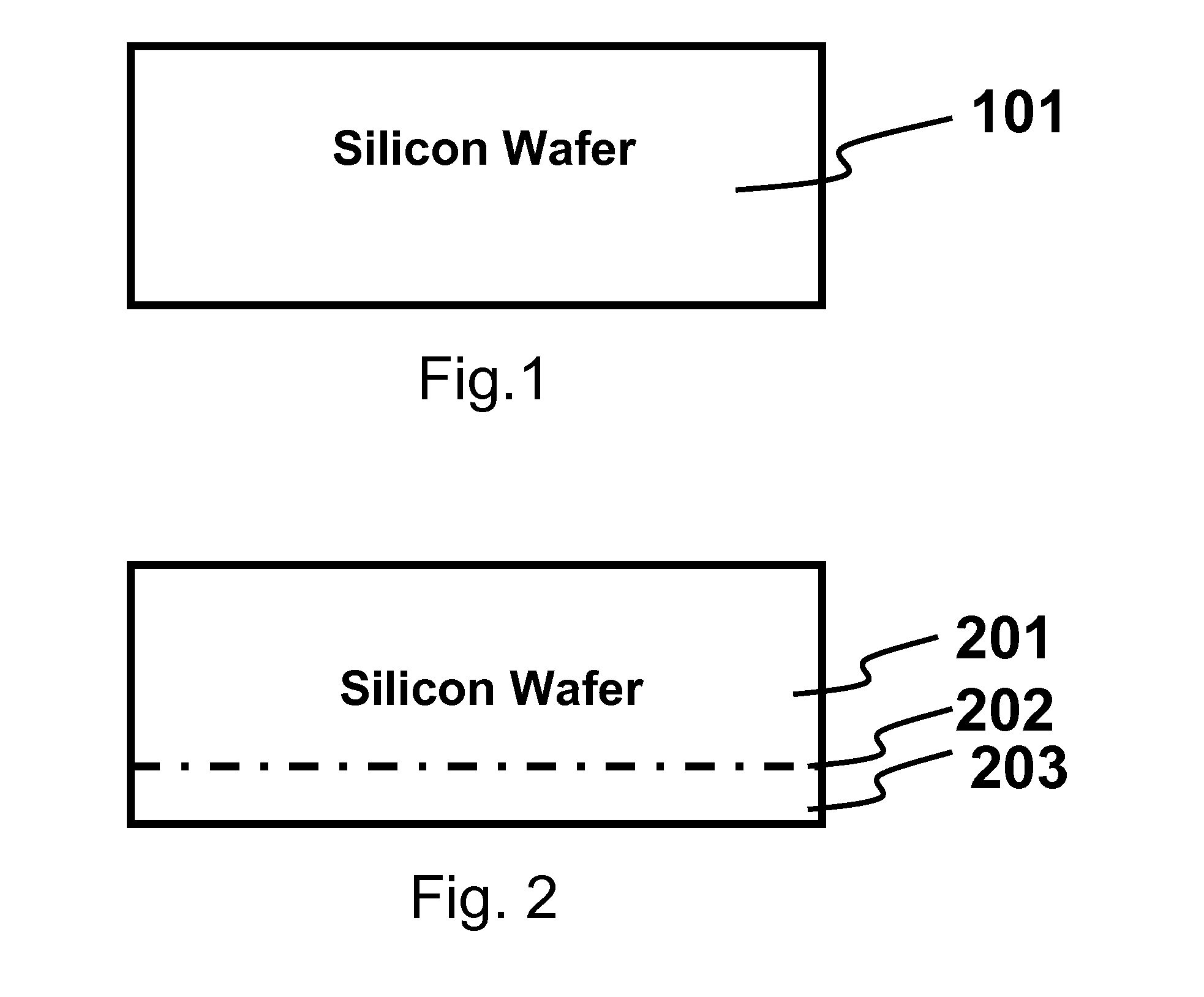Method and System of Layered Thin-Film Device With Ceramic Substrates
a technology of ceramic substrates and thin films, applied in the field of solar energy techniques, can solve the problems of increasing the cost of materials, and increasing the cost of materials, and achieve the effects of convenient use, less cost, and convenient handling
- Summary
- Abstract
- Description
- Claims
- Application Information
AI Technical Summary
Benefits of technology
Problems solved by technology
Method used
Image
Examples
Embodiment Construction
[0024]The present invention relates generally to solar energy techniques. In particular, the present invention provides a method and resulting device fabricated from a hydrogen separation process using a crystalline material suitable for photovoltaic applications. More particularly, the present invention provides a method and resulting device for manufacturing photovoltaic regions that is supported by ceramic substrates and provides a packaged solar cell structure for solar tile application. Merely by way of example, the invention has been applied to solar panels, commonly termed modules, but it would be recognized that the invention has a much broader range of applicability.
[0025]As explained above, the lack of silicon material has been a challenge in manufacturing solar panels on large scale. Over the past, various conventional techniques have been developed to produce cost-efficient solar panels. Unfortunately, conventional techniques are often inadequate in various ways. More sp...
PUM
 Login to View More
Login to View More Abstract
Description
Claims
Application Information
 Login to View More
Login to View More - R&D
- Intellectual Property
- Life Sciences
- Materials
- Tech Scout
- Unparalleled Data Quality
- Higher Quality Content
- 60% Fewer Hallucinations
Browse by: Latest US Patents, China's latest patents, Technical Efficacy Thesaurus, Application Domain, Technology Topic, Popular Technical Reports.
© 2025 PatSnap. All rights reserved.Legal|Privacy policy|Modern Slavery Act Transparency Statement|Sitemap|About US| Contact US: help@patsnap.com



